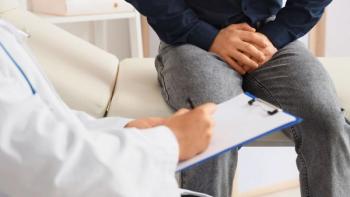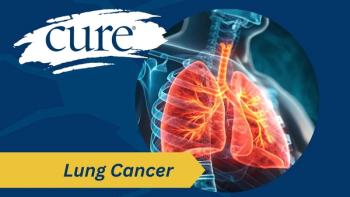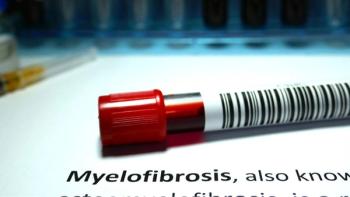
Free Monitoring And Treatment Programs May Reduce Cancer, All-Cause Mortality Among 9/11 First Responders
Programs that are free of cost, such as the World Trade Center Health Program, could serve as a “model” to providing better and more accessible health care to patients with cancer, according to an expert at Montefiore Medical Center in New York.
First responders to the World Trade Center on Sept. 11, 2001 who were enrolled in free of cost monitoring and treatment programs had a lower incidence of cancer-related mortality and all-cause mortality, compared with responders and non-responders who were not enrolled in such programs.
The data — which were published in the American Journal of Industrial Medicine — indicate that programs that provide health surveillance and treatment at no cost may help improve survival rates among patients with cancer.
“These results highlight the importance of routine medical surveillance and access to treatment over the course of now 20 years for this workforce,” said David Goldfarb, a lead author on this study and an epidemiologist for Montefiore Medical Center in the Bronx borough of New York City, in an interview with CURE®.
The World Trade Center Health Program, which was established in January 2011, provides consistent screenings, diagnostic procedures, and treatments, all free of cost, for eligible first responders. Study author Rachel Zeig-Owens, director of epidemiology for the World Trade Center (WTC) Health Program at the Fire Department of the City of New York and an epidemiologist at Montefiore and Albert Einstein College of Medicine, said in an interview with CURE® that the program “alleviates a lot of the extra burden that an individual may face once diagnosed with cancer.”
While most of the first responders who were not enrolled in the program had health insurance, the data demonstrated that the survival benefit still favored those first responders who were enrolled in the program. The benefit of the program, according to the results, may be attributed to the lack of any health care costs as well as better adherence to screening and treatment regimens.
“And in addition to many of them having health insurance, this secondary form of health coverage is really, we believe, what led to these improved results of cancer mortality in the study period,” Goldfarb mentioned.
Notably, not only did cancer-specific mortality decrease, but so did all-cause mortality. Moreover, participation in the program may have led to early diagnosis of cardiovascular disease and diabetes. Although not covered by the benefits in the program, these diagnoses may have led to additional potential survival benefits for this population. Previous randomized studies of cancer screenings among patients with cancer have rarely demonstrated this same trend, the study authors added.
The authors also highlighted that a possible reason for responders having improved survival is something known as “the healthy worker effect”. Meaning that those first responders could have been in general better health due to their profession, therefore they may have already had an increased chance of surviving the disease.
“It potentially could have played a role, I think additional work will be needed,” Goldfarb said. “But this effect size, to the tune of 35% reduced mortality, is large enough that healthy worker effect cannot explain the entire observed association.”
Zeig-Owens, who holds a doctorate degree in public health, added that there was no improved survival benefit demonstrated in the comparison group of first responders who were not enrolled in the program, and yet they could have possibly benefitted from the “healthy worker effect”. Therefore, the authors believe it could be the health care provided by the program that improved survival, not just the “healthy worker effect” but more research is needed to show this.
“These programs are important because it provides health care to everybody in free of cost free, there’s not out of pocket costs, there’s case management that helps them navigate a sometimes tricky and stressful situation. And the World Trade Center Health Program is a model for how we can provide health care in a way that benefits the patients and as our result show can improve survival,” Zeig-Owens concluded.
Dr. Michael Crane, medical director of the Selikoff Centers for Occupational Health of the World Trade Center Health Program Clinical Center of Excellence at Mount Sinai in New York, applauded the results of the study, but also cautioned more research is needed to ensure it’s not attributed to the “healthy worker effect.”
“To me, (the results are) very significant because it looks … like the program is doing what it was supposed to do, but the other thing we have to be sure about is that it's not just an impact of so-called healthy worker effect … I don't really have the answer to that,” Crane, who was not an author on the study, said in an interview with CURE®. “But right now, it looks like the World Trade Center program is doing something right. And we have to keep testing that, people keep trying to do the right thing by repeating that study in five years and doubling down on prevention programs that we get, but we at least have some evidence now that we seem to be doing something, and that's very helpful.”
For more news on cancer updates, research and education, don’t forget to




